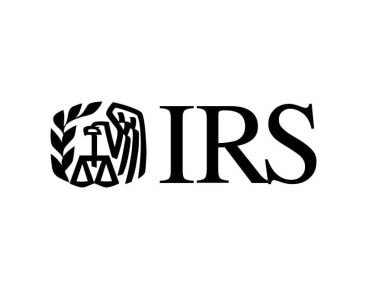An Introduction to the S1 Form
We are committed to helping expats and retirees understand intricate tax matters is part of our mission. To that end, in this article, we explore the S1 Form, a certificate that gains prominence as one shifts their life across borders within the EEA/EU.
The S1 Form: Getting Free Healthcare In Another EU/EEA Country
A critical item for people working and paying contributions in one Member State but residing in another, the S1 Form, formerly the E106 form, facilitates access to healthcare in the country of residence. It takes precedence when an individual is insured in one country because of employment but existing in a different space.
What Does the S1 Form Look Like?
The S1 is known as a “Portable Form.” This form assists in communication between diverse Member State’s social security institutions, guaranteeing certain healthcare rights. Characteristic features of the S1 Form include an EU flag at the top left corner, a nod to social security coordination at the top right, and the issuing authority’s details at the bottom.
Who Needs an S1 Form?
The S1 Form becomes essential for individuals employed in one Member State but returning to their home country regularly. This category includes cross-border commuters and pensioners. However, obtaining healthcare access in the home country isn’t a given; one must apply for it.
Steps to Obtain an S1 Form
Securing the S1 Form involves applying through the country where you’re employed and making contributions’ health service. Key documents to have handy include your ID card, the working country’s health card, your employment contract or a confirmation of employment, or confirmation of pension benefits, and a filled application form. Once approved, submit the form to your domicile’s health authorities to gain access to healthcare services on par with residents.
Through these steps, your healthcare coverage in both your employment and home country is ensured. Understanding the intricacies of tax processes and forms, like the S1, is a part of the expat or retiree journey.
Good job! Please give your positive feedback
How could we improve this post? Please Help us.










